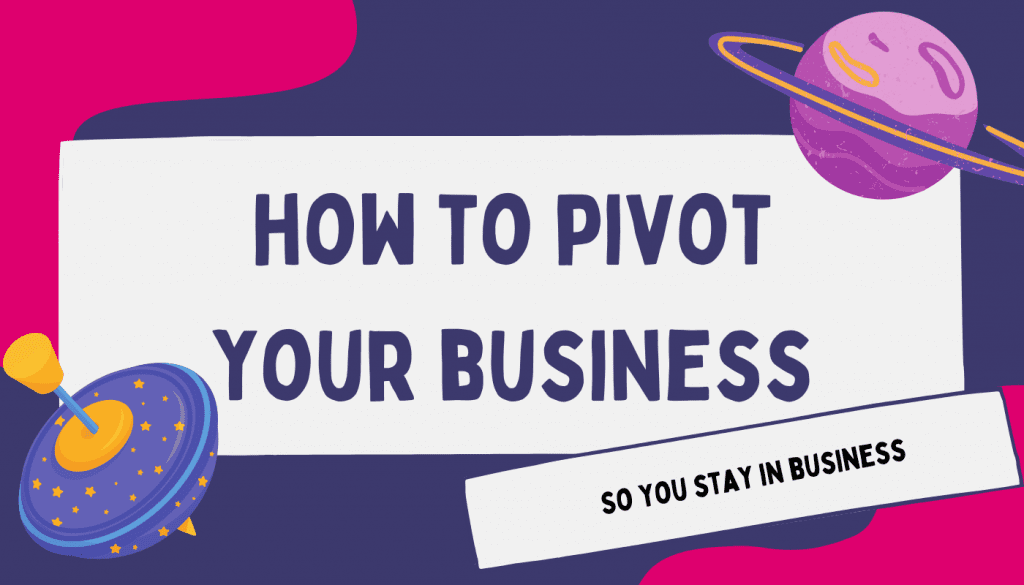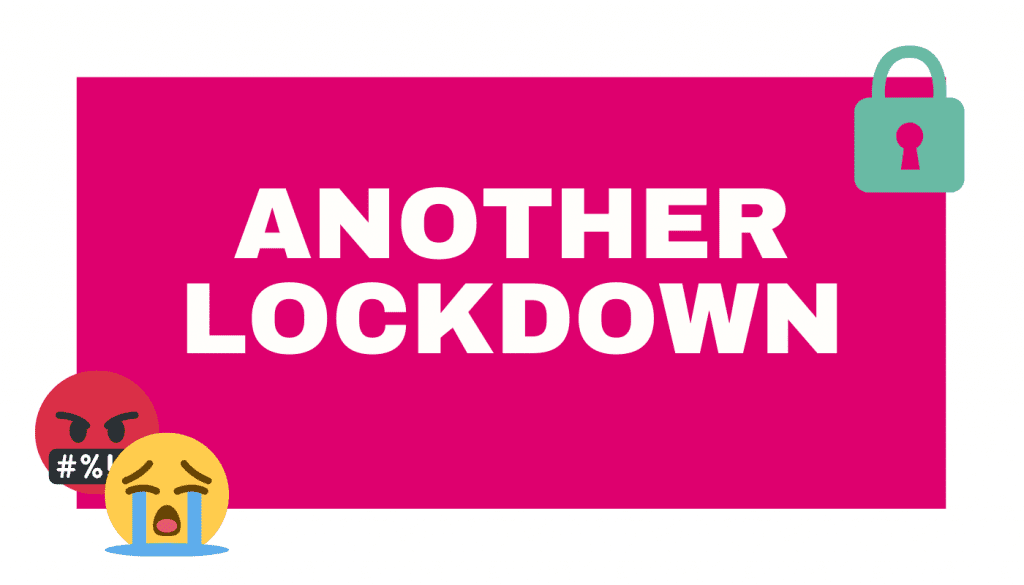
Two sports teams both have the goal to win the game at hand, but only one can. This shows that…

Two sports teams both have the goal to win the game at hand, but only one can. This shows that…

As we keep plunging deeper into a global recession, it can be tempting to panic and dither with decisions, but…

Employees are sometimes afraid to voice their opinions. The same goes for disappointments, frustrations or general ideas, especially when it…

As author Dough Hall correctly put it, “if your profit margins aren’t rising, chances are your company isn’t thriving.” Makes…

The pandemic may have forced hundreds of businesses to convert from co-located teams to 100% virtual teams in a matter…

Whether a post-lunch slump or screen fatigue, we have all experienced an energy drop during our working day. For a…

Yesterday the Scottish and English governments announced national lockdowns with schools being closed. The net result being all of England…

The UK Prime Minister, Boris Johnson, UK Chief negotiator David Frost and EU negotiator Michel Barnier continue to offer differing…

Running out of cash is one of the biggest reasons that businesses fail. It’s not surprising really, as forecasting your…

Are you saying yes to every piece of business coming your way? Do you hear yourself saying ‘I wish I’d…